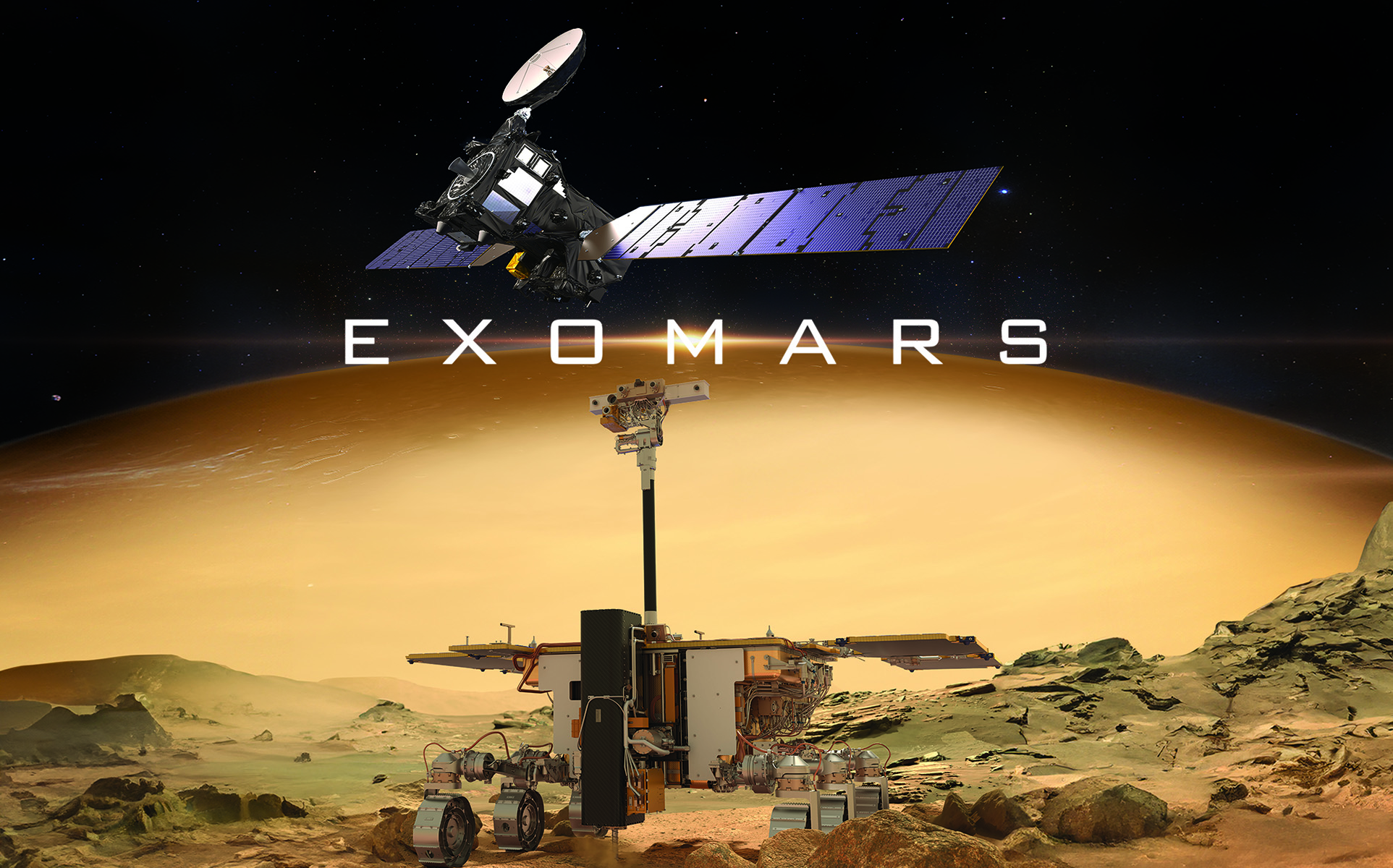The European Space Agency (ESA) is planning a 2028 launch of the ExoMars mission to search for traces of life on Mars. A key component of this mission will be the Rosalind Franklin rover, equipped with advanced scientific instruments. As a result of the exclusion of the Russian agency Roskosmos from the project, a significant share of the mission has been entrusted to Polish companies, including Astronika and SENER Poland.
New direction after geopolitical changes
Initially, the ExoMars mission was a joint venture between ESA and Roskosmos. However, after Russia’s invasion of Ukraine in 2022, ESA suspended cooperation with the Russian space agency. In response, ESA signed a €522 million contract with a consortium led by Thales Alenia Space to continue work on the ExoMars 2028 mission.
Polish company Astronika has been engaged to build the descent ramp for the Rosalind Franklin rover and the communications antenna boom. The descent ramp, known as the EGRESS system, consists of four mechanical ramps that must operate flawlessly to ensure the rover’s safe descent to the surface of Mars. The antenna boom is crucial to maintaining communications between the rover and Earth.
Extensive national cooperation
Astronika cooperates with a number of Polish institutions and companies, including the Space Research Center of the Polish Academy of Sciences, the Łukasiewicz Research Network – Institute of Aviation, Warsaw University of Technology and Spaceive. Such cooperation testifies to the growing potential of the Polish space sector and its ability to implement advanced technological projects.
Scientific objectives of the mission
The ExoMars mission aims to search for traces of life on Mars by analyzing soil samples taken from depths of up to two meters. The Rosalind Franklin rover will be equipped with state-of-the-art scientific instruments, including a microscope and spectrometers, which will enable detailed geochemical studies. Data collected by the rover will be transmitted to Earth via the Trace Gas Orbiter (TGO), orbiting Mars since 2016.
The planned landing site for the rover is the Oxia Planum plain, located near Mars’s equator. The area was chosen due to the presence of ancient sediments and potential traces of water, making it a promising place to search for traces of ancient life.
Sources: ESA, Astronika, Space24, European Spaceflight, Poland Daily 24 / Photo: thalesaleniaspace.com








